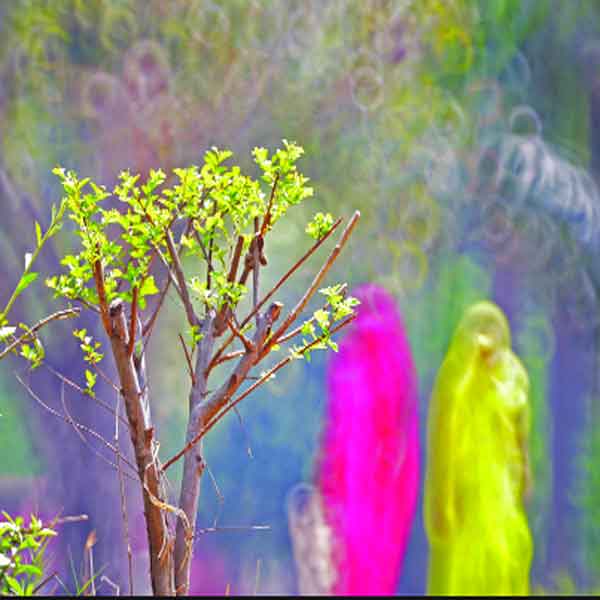S Paul’s cameo of a few photographs offers a milestone in nostalgia and the understanding of the precious moment, says Uma Nair
At the All India Working News Camera men’s Association exhibition at Lalit Kala Akademi, S Paul’s cameo of a few photographs offer a milestone in nostalgia and the understanding of the precious moment which become momentous.
Precision and Proust
People and landscapes become vital to understand the lucidity and lithe precision of the eye of Paul whose poetic perspectives and clean strong images affect us when we ponder upon them. In some ways I was reminded of Sebastião Salgado’s mode of work, of his devotion and unending sense of duty in capturing the depth of the subject he traversed upon.
There are limpid landscapes and you somehow recall the famous Marcel Proust work, Remembrance of Things Past where when you flip countless times through the pages of the final volume before you realise that it is more about life and its many perspectives rolled into the capsule of time. When artistes speak to the world, they do so in terms of a whole. Paul was one such artiste, a photographer. Look at his landscapes and you know he unconsciously unravels Proust’s novel as an organic whole — one that conveys insight into human beings while giving readers the sense of an all-around summation. Landscapes for Paul were about that silent solitary summation.
Veiled Women
One work that stood apart from all the images in the show was that of a group of burqa-clad women with a little boy amidst them. The timing of the image with its innocence and feminine aura somehow brings a smile to your face.The gathering of the veiled women is a synergy that sighs like a symphony. It makes you remember Bresson’s Muslim women praying in Srinagar after India’s tryst with freedom. It makes you think of the intrinsic quality and quotients of the power of the veil and its esoteric immersiveness. Paul revels in black and white sonatas. He offers a rare insight into the charms and oddities of the everyday idiom and signifies the impact of being culturally distinguished while at the same time creating a subtle corollary of intellectual concern which underpins the exterior appearances of life in the city wherever it may be.
Rural rhythms
Paul’s soft concerns show in his two images — a baby sitting in a basket of a rural couple and the brick wall that hides a cow with magnificent horns. Paul’s images talk to us, they are like echoes of his personal memoirs. They are unusually tranquil, yet characteristically offbeat. Images of domestic life act as a springboard to probe questions which he feels are simmering beneath the surface. Paul presents a contemplative perspective on street life and makes us think about our definitions of community and a man’s place in the society.
Visual treatments
When you look at his landscapes, his language of minimalism is what stuns us and draws us into a vortex of emotions and evocations. Most of our writing, our ideas of the society are urban, yet our fundamental myths derive from village life. You understand these landscapes by knowing the power of the visual treatments.
Paul’s works talk to us about the great Dutch masters. In more ways than one I remembered Piero della Francesca and Johannes Vermeer. Francesca’s works had a quiet, solemn atmosphere; they had a clear spatial structure and the figuration was unassuming yet powerful. Vermeer’s pictures portrayed simple settings that were serene yet full of poetic feeling, displaying the tranquil beauty inherent in life.
Paul brings back the language of the masters in his scene of the rural rustic people on the streets of daily sustenance clothed in their only attire walking along life’s pathway with humble poverty as their only design. It is the solemn signature that stays with us and we know that Paul was indeed a master of the scene, he wanted to capture that just for himself and no one else.


























